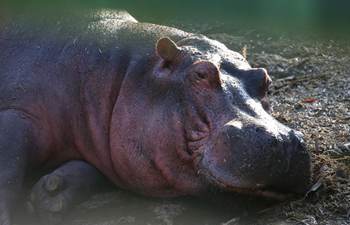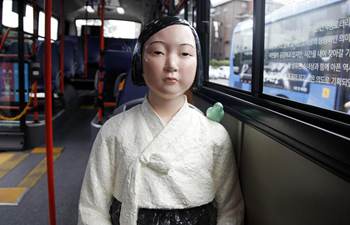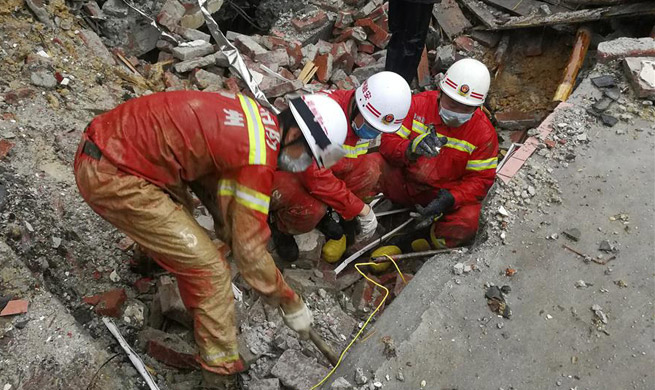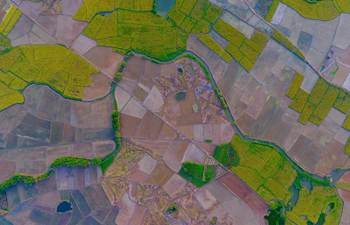by Levi J Parsons
SYDNEY, Aug. 14 (Xinhua) -- To imagine what humans will look like in the future, people must first understand what different hominid species looked like in the past, said a senior lecturer at the department of environmental sciences of Macquarie University in Australia.
"The whole idea is to just get people involved in science!" Kira Westaway told Xinhua at the Sydney Science Week to explore the mysteries of the evolutionary process.
As part of the program, 75 children between the ages 5-10 will be given the task to design their own future human race.
"It's really interesting for kids, so they can get a sense of who they are and where they belong and how they have become to look they way they are," Westaway explained.
"We are looking at environmental challenges, what is the environment going to look like in the future?"
According to Westaway, it's very feasible to think that future humans will have shorter legs due to our modern propensity to sit for long periods.
It could also be likely that people will have much larger eyes in the years to come, as higher levels of dust and pollution in the air may act to dim the sunlight.
Some even point to the possibility of evolving with gills and webbed feet if the sea levels continue to rise, while others imagine the emergence of human-cyborgs!
"It's great for kids to understand that connection between the environment and how important the environment is for us and how that will actually affect us in the future," Westaway said.
Westaway's lifelong work examining hominids gives her a uniquely qualified vantage point in which to forecast what changes may develop in the human race.
"I'm essentially a geomorphologist, I look at processes that create our landscape," Westaway said.
"But I also do a dating technique called luminescence dating and that allows me to tell exactly when sediment was last exposed to sunlight before it was deposited or laid down in a river terrace or in a cave."
This process enables researchers to tell the age of things, such as fossils, that are also around the sediment.
Recently returned from China, Westaway has been applying her talents at The Beijing-based Institute of Vertebrate Paleontology and Paleoanthropology with the Chinese Academy of Science, with a team of researchers who are experts in a giant ape called gigantopithecus blacki or "giganto for short."
Westaway and fellow researchers believe the youngest evidence of the mysterious creature may lie in the caves along the Huaihe River near China's eastern city of Nanjing.
"Once we find those caves, we can work out exactly when they disappeared or dropped out of the fossil record, then we can work out the environment and the climate and what things were doing at that time that may have caused their extinction," Westaway said.

















